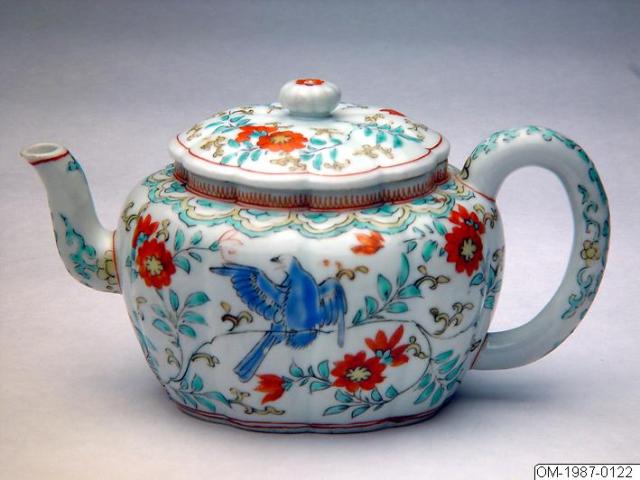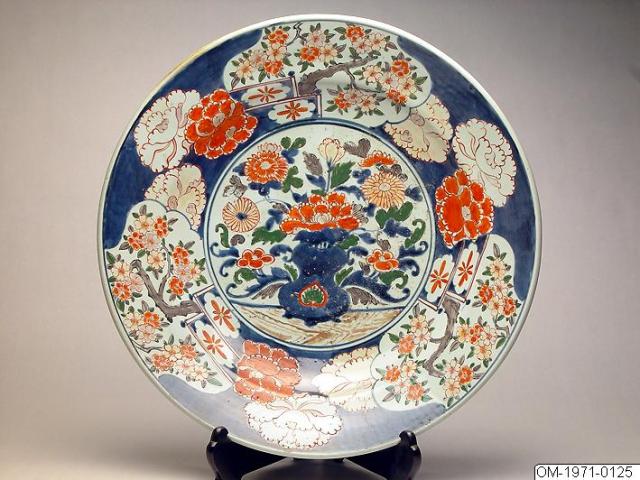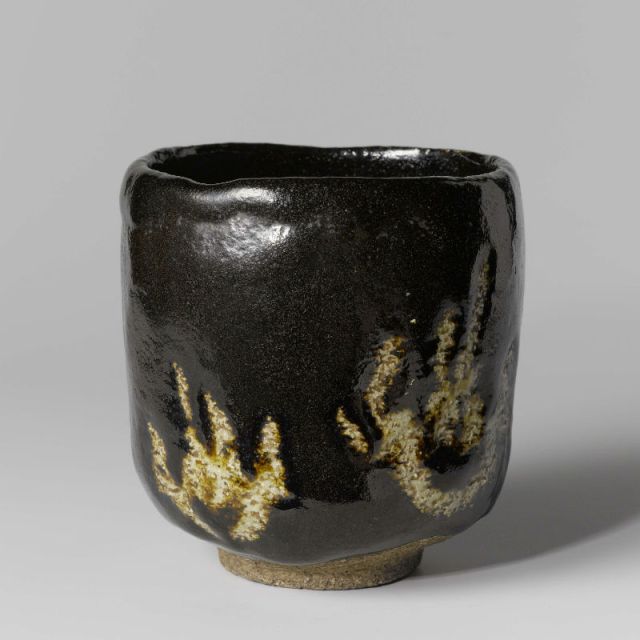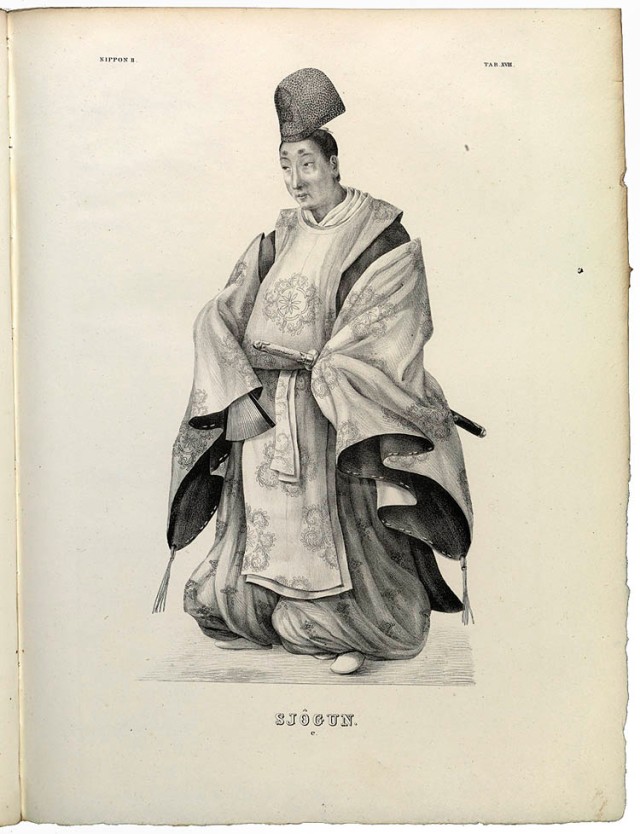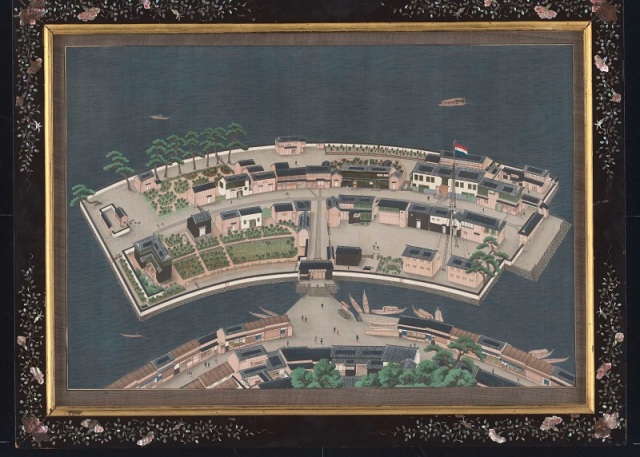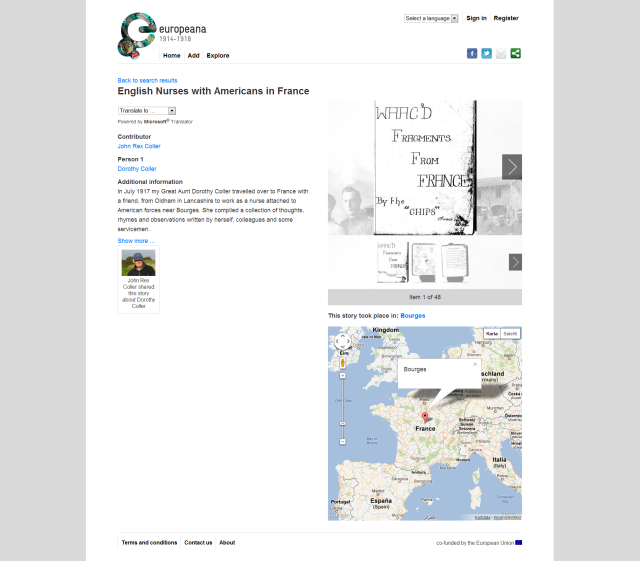And now the two activitities that demanded most of my attention in Leuven. In some ways my experience was one of scurrying between the hackathon bullpen and the main plenary venue close by.
The Product Development Session
As Product Development is my main responisbility at Europeana it fell on me to arrange this session. I wanted the session to focus on best web development practices in general and to showcase some specific sites I think are at the cutting-edge in functionality and design. The topics of the presentations also needed to match the theme of the plenary which was “Connecting Society Through Culture”.
In terms of format I didn’t want a series of long presentations, but decided to split the two hours at my disposal into a first hour of three presentations and then a more interactive session comprising two sites being Web Critiqued. The format for the latter I stole shamelessly from Museums and the Web.
To speak about designing your site for the ever changing web and the unknown future I invited the Standardistas. They spoke about how the web has always been responsive and that more than ever we need to return to the basic principles of the web in order to serve our users (and their myriad of devices!) the best.
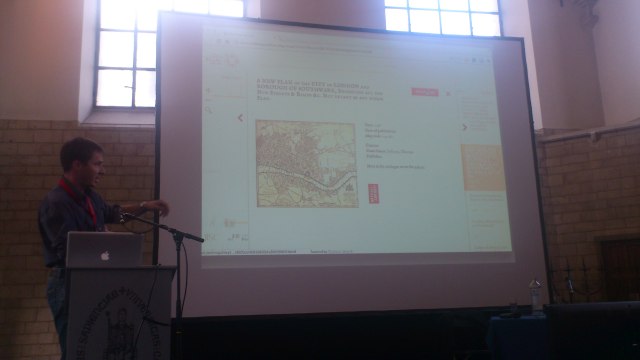
Petr Pridal presenting Old Maps Online. Photograph by myself which explains the quality.
Second up was Petr Pridal who spoke about Old Maps Online, the technology it builds on and how this map project took help from the public in getting 1000 maps geo-referenced in a couple of days. I invited Petr because Old Maps Online is the best search service for historical maps yet built. And also because he combines entrepeneurial spirit with technical insight in a way that I think is sorely needed among GLAMs.
Our third speaker was Nick Stanhope of Historypin. I invited Nick because Historypin are the best at what they do. Which is to create a web presence where photos from the public and GLAMs both can be combined to form the basis of stories and comparison between past and present. Many GLAMs attempt to do this themselves (and fail) so why not instead create a channel on Historypin?
We ended the session by having two sites, both based on content from the public, critiqued by the speakers and by the audience of the session. The two sites critiqued were Europeana 1914-1918 (represented by myself) and Platsr (represented by Maria Logothetis) and we both received a lot of constructive critique and good advice on how to improve our sites. One common critique for both sites was: Keep It Simple Stupid! We GLAMs tend to raise too high thresholds for sites to be truly participative.
Overall, I’m pleased with how the session turned out. I think the presentations were well-received and it was good to see a lot of business cards and contact information being exchanged between speakers and between speakers and audience. I dare say we haven’t seen the last of each other!
Concerning the Web Critique I was a little bit dissapointed in the low level of engagement from the audience/session participants. The form was an experiment and I think that next time I think I’ll go for something more intimate and small-scale as well as try to brief the participants better than I did this time. This was a learning experience, I’ll do better next time I think.
Hack4Europe 2012, the Leuven edition
As we did last year we’ve organized a series of hackathons across Europe as part of the Digital Agenda. Two had already been held in Warzaw and Riga with Leuven being the final and biggest one. To get a feeling for what went on check out the last few days of Tweeting the Hack4Europe hashtag.
We had about 25 developers participating who together built an astonishing 12 prototypes! Four winners were awarded and pretty much all prototypes demos were functioning and with links to the source code. It was a great experience, good fun and I hope all developers who particiated will continue to develop their prototypes and release them into the wild! I will write more about prototypes and try to link to all of them in a follow-up post. For now though I’d like to write a little bit about the hackathon format.

The Hack4Europe bullpen in Leuven. Photo by myself.
Like many others have noted it’s probable that we’re at peak-hackathon (to borrow a phrase from the oil industry). At no time before has the format been so popular with so many hacks vying for attention. I think it’s time to review it, adapt it and move forward with something different next year.
I think one aspect to improve is to make the events more cross-disciplinary. Basically by inviting enough people to ensure that each team is a combined UX and Engineering team. For our sector in particular I also think it would make a lot of sense to add content experts and curators to the mix. I believe this would make for more of a challenge (both in organising and participating in the event) but also for the event to be more productive and an opportunity to break down some silos. As an added bonus I think it could also help in evening out the skewed gender ratio typical for most hack events.
I hope we’ll get the opportunity to try some of the changes listed above, and by others who have thought on how to improve the format, in Hack4Europe 2013! On a more personal level I wouldn’t mind doing more of a hackretreat than a hackathon…
If you have thoughts about how Europeana could improve its hackathons don’t hesitate to share them with me!


